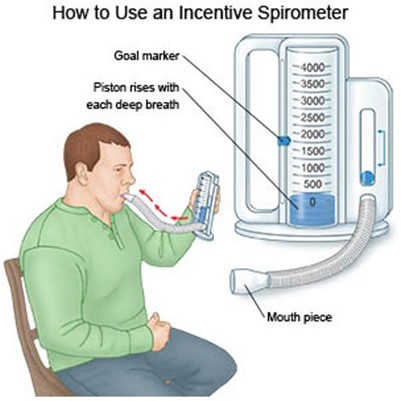A nurse is caring for a client who has just returned from surgery with an external fixator to the left tibia.
Which of the following assessment findings requires immediate intervention by the nurse?
The client's capillary refill in the left toe is 6 seconds.
The client reports a pain level of 7 on a scale from 0 to 10 at the operative site.
The client has an oral temperature of 38.3° C (100.9° F).
The client has 100 mL of blood in the closed-suction drain.
The Correct Answer is A
“The client’s capillary refill in the left toe is 6 seconds.” Capillary refill time is the time it takes for blood to return to the capillaries after pressure has been applied to the skin.

A normal capillary refill time is less than 2 seconds.
A capillary refill time of 6 seconds indicates poor blood flow to the left toe and requires immediate intervention by the nurse.
Choice B is not the correct answer because while a pain level of 7 on a scale from 0 to 10 at the operative site is concerning, it does not require immediate intervention by the nurse.
Choice C is not the correct answer because an oral temperature of 38.3° C (100.9° F) is only slightly elevated and does not require immediate intervention by the nurse.
Choice D is not the correct answer because while 100 mL of blood in a closed-suction drain may be concerning, it does not necessarily require immediate intervention by the nurse.
Nursing Test Bank
Naxlex Comprehensive Predictor Exams
Related Questions
Correct Answer is B
Explanation
The correct answer is choice B: Insert an NG tube.
Choice A rationale: Inserting an indwelling urinary catheter may be necessary for monitoring urine output in some cases, but in this situation, the priority is to insert an NG tube. This will help prevent aspiration during surgery due to the client's high blood alcohol level, which increases the risk of vomiting.
Choice B rationale: Inserting an NG tube is the priority action for the nurse because a high blood alcohol level increases the risk of vomiting and aspiration during surgery. An NG tube can help reduce this risk by keeping the stomach empty and minimizing the chance of aspiration.
Choice C rationale: Obtaining consent for surgery is important, but in emergency situations, consent may be implied, or a designated surrogate decision-maker may provide consent. It is not the priority action for the nurse in this scenario.
Choice D rationale: Applying antiembolic stockings is a preventive measure for deep vein thrombosis, but it is not the priority action in this case. Ensuring the client's safety during surgery, specifically by preventing aspiration, takes precedence due to the client's high blood alcohol level.
Correct Answer is B
Explanation

After inhaling deeply using an incentive spirometer, you should hold your breath for 3 to 5 seconds before exhaling.
Choice A is wrong because exhaling slowly through pursed lips is not an instruction for using an incentive spirometer.
Choice C is wrong because placing hands on the upper abdomen during inhalation is not an instruction for using an incentive spirometer.
Choice D is wrong because positioning the mouthpiece.5 cm (1 in) from the mouth is not an instruction for using an incentive spirometer.
Whether you are a student looking to ace your exams or a practicing nurse seeking to enhance your expertise , our nursing education contents will empower you with the confidence and competence to make a difference in the lives of patients and become a respected leader in the healthcare field.
Visit Naxlex, invest in your future and unlock endless possibilities with our unparalleled nursing education contents today
Report Wrong Answer on the Current Question
Do you disagree with the answer? If yes, what is your expected answer? Explain.
Kindly be descriptive with the issue you are facing.
